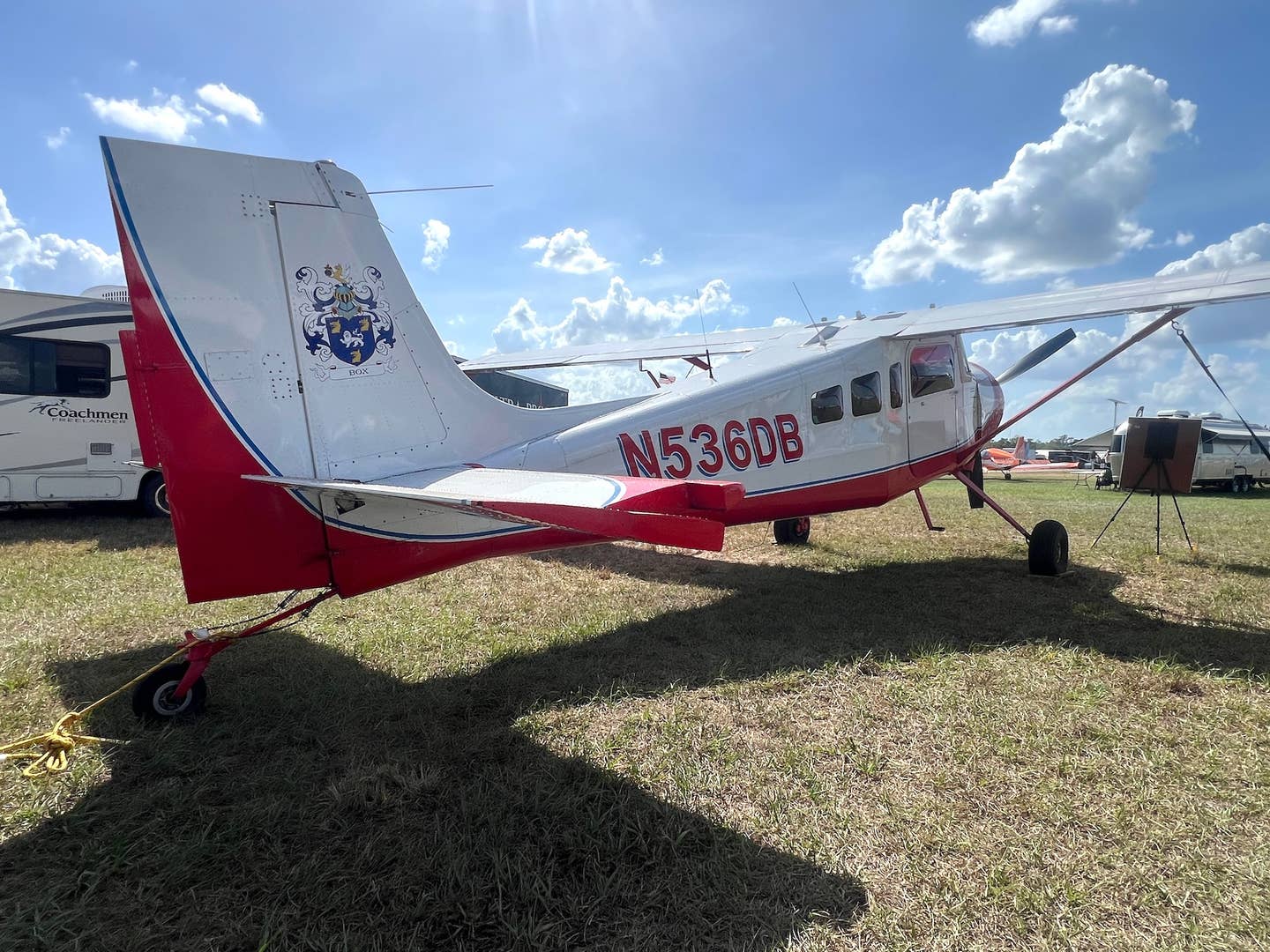Dragonfly Helicopter: Low-Tech/High-Concept
To start up the hydrogen-peroxide-powered single-seat Dragonfly helicopter, the pilot pushes a few times on a fuel-pump crank handle, the fuel climbs up to the rotor hub and travels out to a tiny combustion chamber in the rotor tips, then it’s vaporized and ejected, creating thrust. “The only emission is water vapor,” says Ricardo Cavalcanti, CEO of Avimech, a Tucson-based company that is selling copies of the little aircraft. Options include a crop-dusting kit, and extra fuel tanks that would boost endurance to one and a half hours. The Dragonfly weighs just 250 pounds and can fly as fast as 100 knots. “Two guys can lift it onto a trailer and take it anywhere,” says Cavalcanti. The hydrogen peroxide fuel is readily available, he said, and burns at the rate of 11 gallons per hour.
To start up the hydrogen-peroxide-powered single-seat Dragonfly helicopter, the pilot pushes a few times on a fuel-pump crank handle, the fuel climbs up to the rotor hub and travels out to a tiny combustion chamber in the rotor tips, then it's vaporized and ejected, creating thrust. "The only emission is water vapor," says Ricardo Cavalcanti, CEO of Avimech, a Tucson-based company that is selling copies of the little aircraft. Options include a crop-dusting kit, and extra fuel tanks that would boost endurance to one and a half hours. The Dragonfly weighs just 250 pounds and can fly as fast as 100 knots. "Two guys can lift it onto a trailer and take it anywhere," says Cavalcanti. The hydrogen peroxide fuel is readily available, he said, and burns at the rate of 11 gallons per hour.
Once the main rotor starts turning, a driveshaft turns the tail rotor and centrifugal force keeps the fuel flowing. The aircraft is FAA certified and sells for $120,000, Cavalcanti said, although he was offering a show special of $84,000 to the first five takers. An electronic flight instrument system is included as standard equipment. From purchase to delivery is about four months.






